TWIGA TRACKER
Giraffe conservation in action in Amboseli.
Last month, a team from our Footprint foundation and Giraffe Manor travelled to the edge of Amboseli National Park in Kenya to document giraffe conservation in action. They joined a team from the Kenya Wildlife Service (KWS) and the Giraffe Conservation Foundation (GCF) to tag Masai giraffes in what is a key landscape for this endangered species. This was a crucial first step to save one of East Africa’s largest giraffe populations from the threats of human development.
Human development is fragmenting giraffes’ habitats
at an alarming rate.
What is Twiga Tracker?
Twiga Tracker is an Africa-wide initiative and is the largest GPS satellite tracking study ever conducted on giraffes. Led by the GCF in collaboration with the Smithsonian Conservation Biology Institute, it involves local partners including the Wildlife Research & Training Institute (WRTI) and the KWS here in Kenya, who have united to track and understand giraffe movements across the Athi-Kapiti and Amboseli ecosystems.
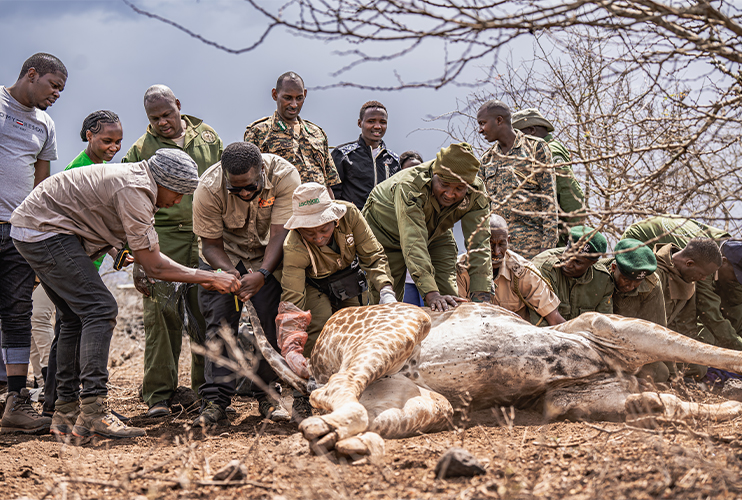
Whilst the tag is fitted, a vet takes a stool sample
What threats are these giraffes facing? Why did they need to be tagged?
Fences pose a critical danger to the survival of giraffes. The year 2022 witnessed the tragic loss of at least 22 giraffes, falling victim to entanglement in wires and electrocution within the expansive Amboseli Ecosystem. Evaluating the repercussions of habitat fragmentation on giraffes has become a crucial aspect of their conservation strategy. Thanks to emerging innovative technologies, data collection has taken significant strides forward. By digitising fence lines and integrating this information with giraffe tracking data, we gain valuable insights into their movements. This combined data is indispensable for making informed conservation decisions.
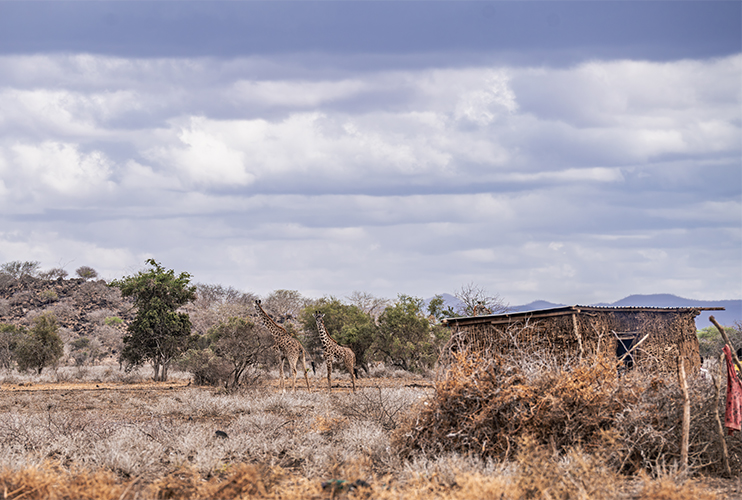
Giraffes living alongside communities in the Amboseli Ecosystem
Why was the Amboseli Ecosystem chosen as the location?
Much of Kenya’s wildlife lives outside of national parks and reserves (and therefore alongside people); wildlife corridors and conservation efforts to protect these animals are vital. The area surrounding Amboseli National Park is home to one of East Africa’s largest population of giraffes. However, what was once vast open swathes of land is fast becoming subdivided into fenced-off properties. The consequences for wildlife are tragic.
Witnessing Conservation in Action
A team from our Footprint foundation and Giraffe Manor were fortunate to participate in the tagging exercise and witness firsthand the challenges that giraffes in southern Kenya are facing. It was a unique opportunity for some of the Giraffe Manor housekeeping team to learn about the processes involved in immobilising giraffes and collecting field data. Whilst they are lucky enough to hang out with our herd of giraffes at the Manor every day, witnessing what it takes to protect these giants in the wild was an eye-opening experience. Importantly, the exercise allowed for everyone to interact with some of our key conservation partners and gain a deeper understanding of their roles in conserving giraffes.
“There was only one lady in the KWS team who was administering the antidote and taking the giraffes’ poop for research sampling; I really admired her courage.” ~ Anna Ndolo, housekeeping at The Retreat at Giraffe Manor.
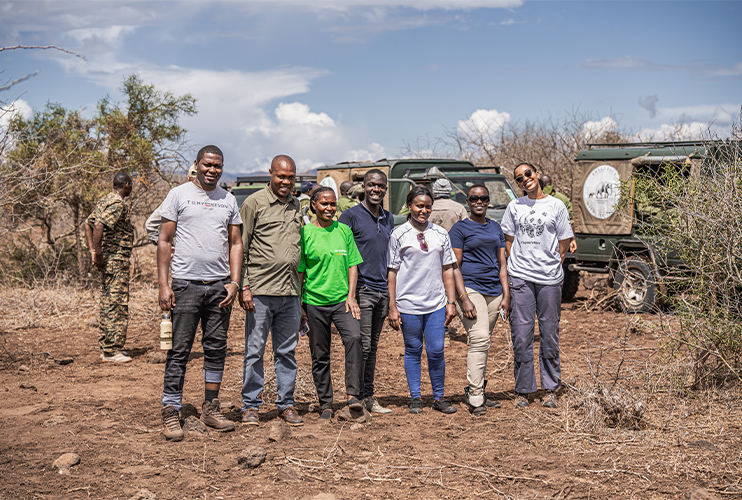
Our Footprint foundation and Giraffe Manor team at the tagging operation
With landscape characterised by dense woodland, identifying these highly camouflaged mammals required a trained eye and capturing them was certainly a challenge! In areas where poaching was prevalent, the giraffes were skittish and thorny terrain threw a couple of flat tyres into the mix too.
“Tagging a giraffe is no easy task; we don’t just do it for fun! It takes a lot of steps, months of planning, permits, meetings with the community and landowners…” ~ Dr Arthur Muneza, East African coordinator for the Giraffe Conservation Foundation
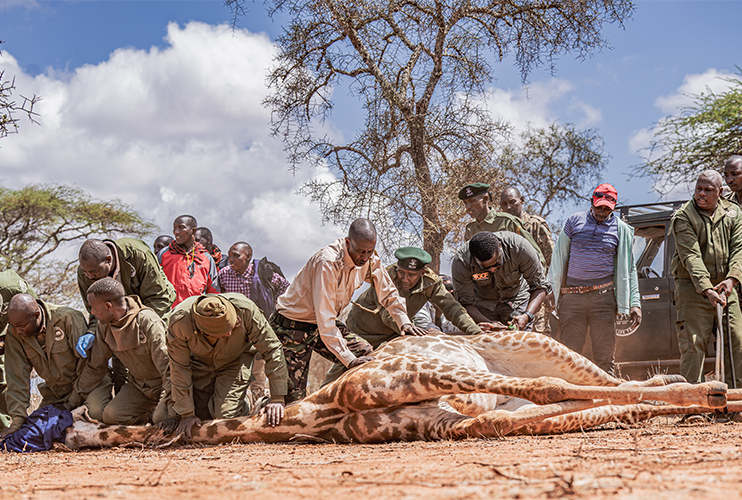
All hands on deck to get the giraffe tagged as quickly as possible
“Preparation is critical; the operation is only as good as the planning.”
~ Adan Kala, Senior Assistant Director of Southern Conservation Area for KWS
Who are the Giraffe Conservation Foundation (GCF)?
GCF are our wonderful partners to whom 50% of our giraffe sponsorship donation goes to. They are the only organisation in the world that concentrates solely on the conservation and management of giraffes in the wild throughout Africa. GCF protect all four species of giraffes and currently work in 20 African countries, implementing conservation initiatives such as this Twiga Tracker operation, conducting research and raising awareness for the plight of giraffes. Through conservation actions such as habitat preservation, anti-poaching measures and community engagement they ensure the survival of these endangered animals.
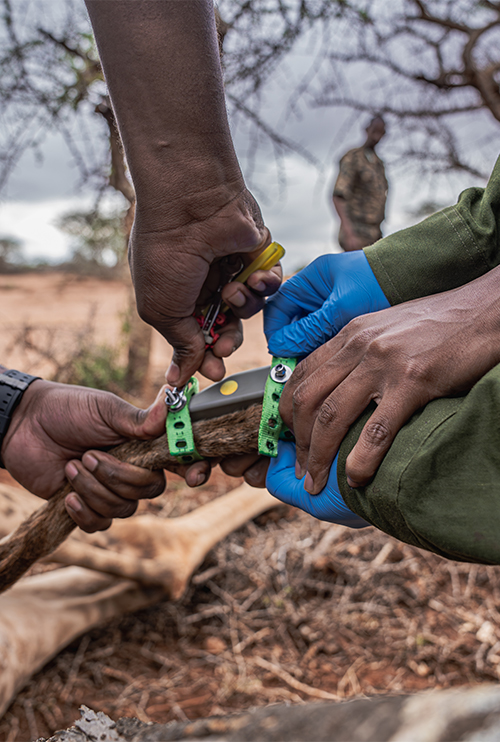
GPS tail tag being fitted
GPS data is collated and presented visually
Giraffe Manor and The Safari Collection at large are honoured to join hands with the GCF in our shared mission to ensure the survival of this precious species. Our dedication to giraffe conservation extends far beyond the bounds of the charming herd residing at Giraffe Manor. With our giraffe sponsorship contributions to GCF and unwavering support for initiatives like Twiga Tracker, as well as our recent involvement in the Naivasha giraffe translocation project, we commit to making a meaningful impact on the survival of wild giraffes across Africa.
You can help save giraffes from the dangers of habitat fragmentation by supporting a GCF tagging exercise or purchasing a GPS tag. Simply select ‘Giraffe Conservation Foundation’ from the ‘Service Type’ donation menu here. You can also help by sponsoring one of our giraffes.
RELATED NEWS

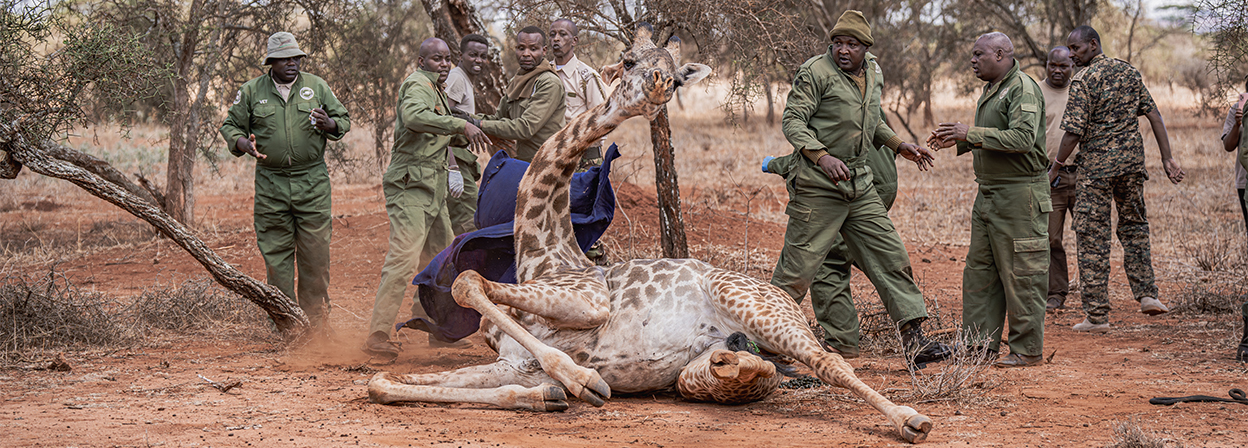
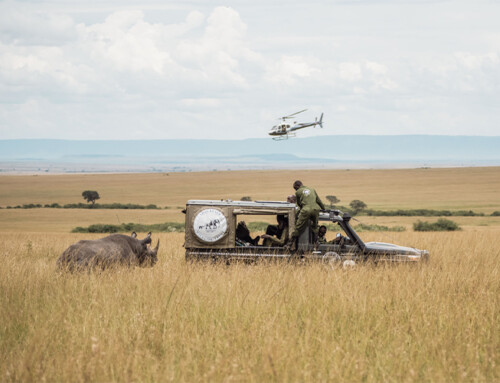
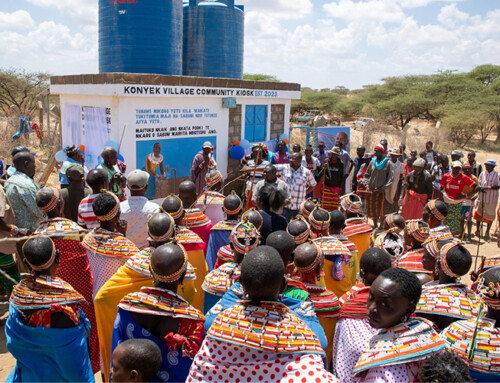
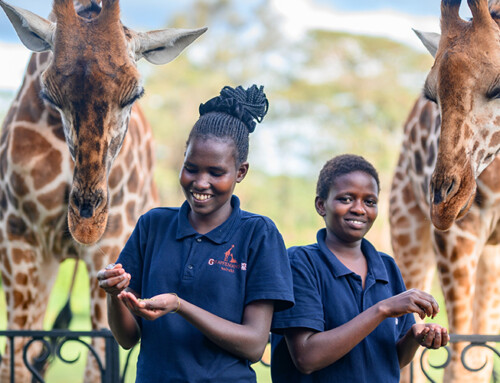
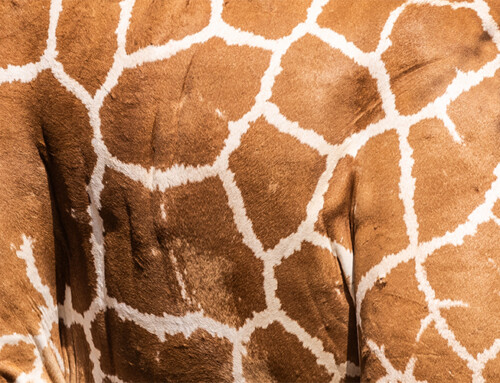
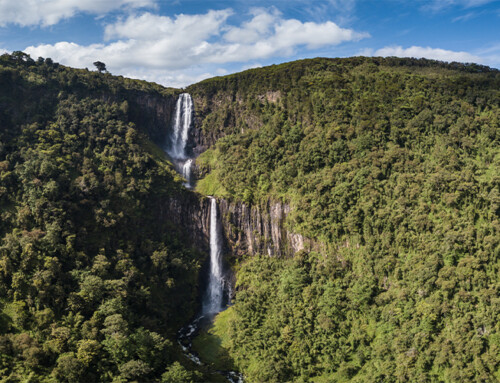
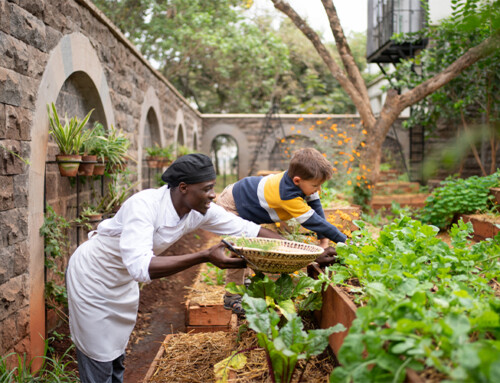
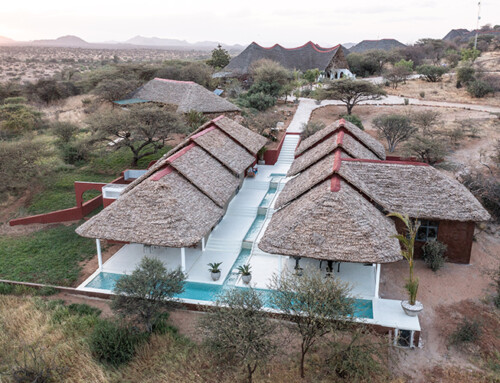
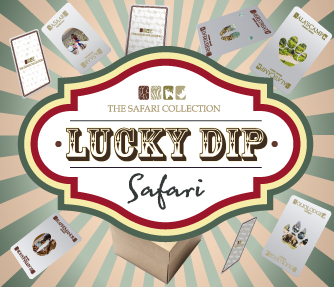

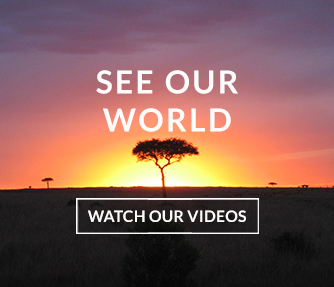



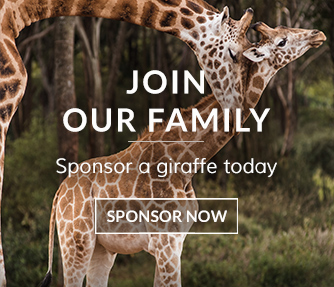
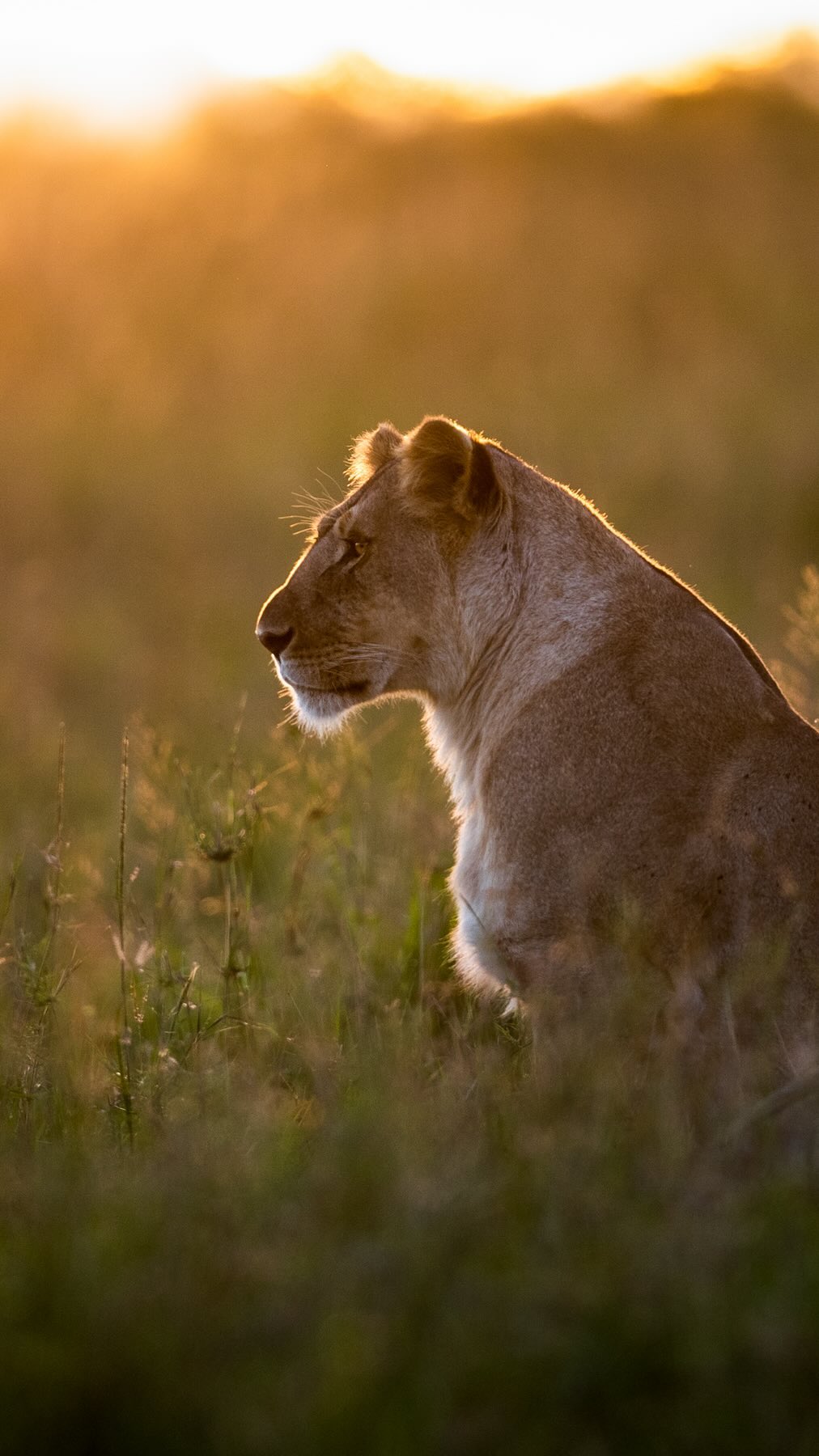
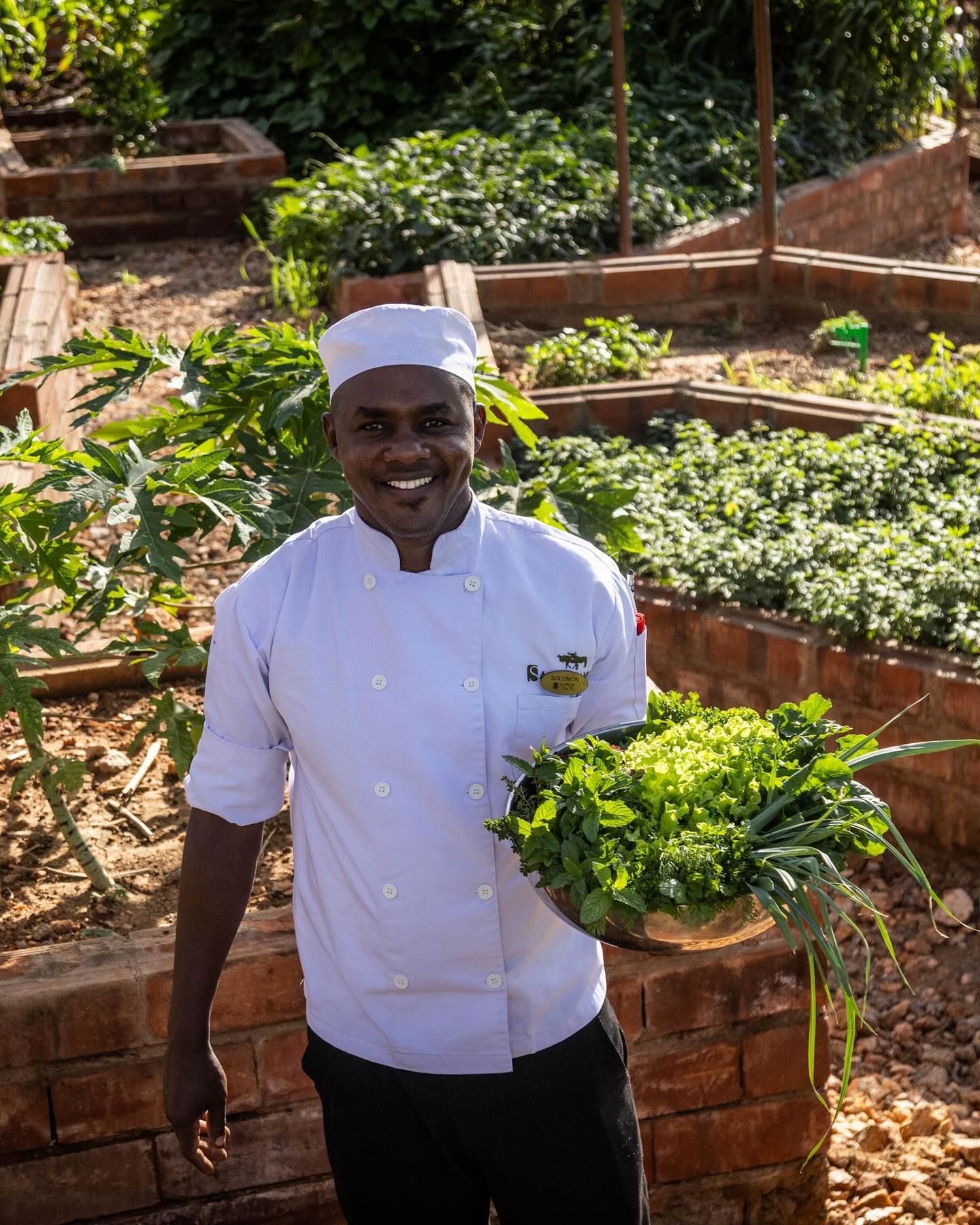
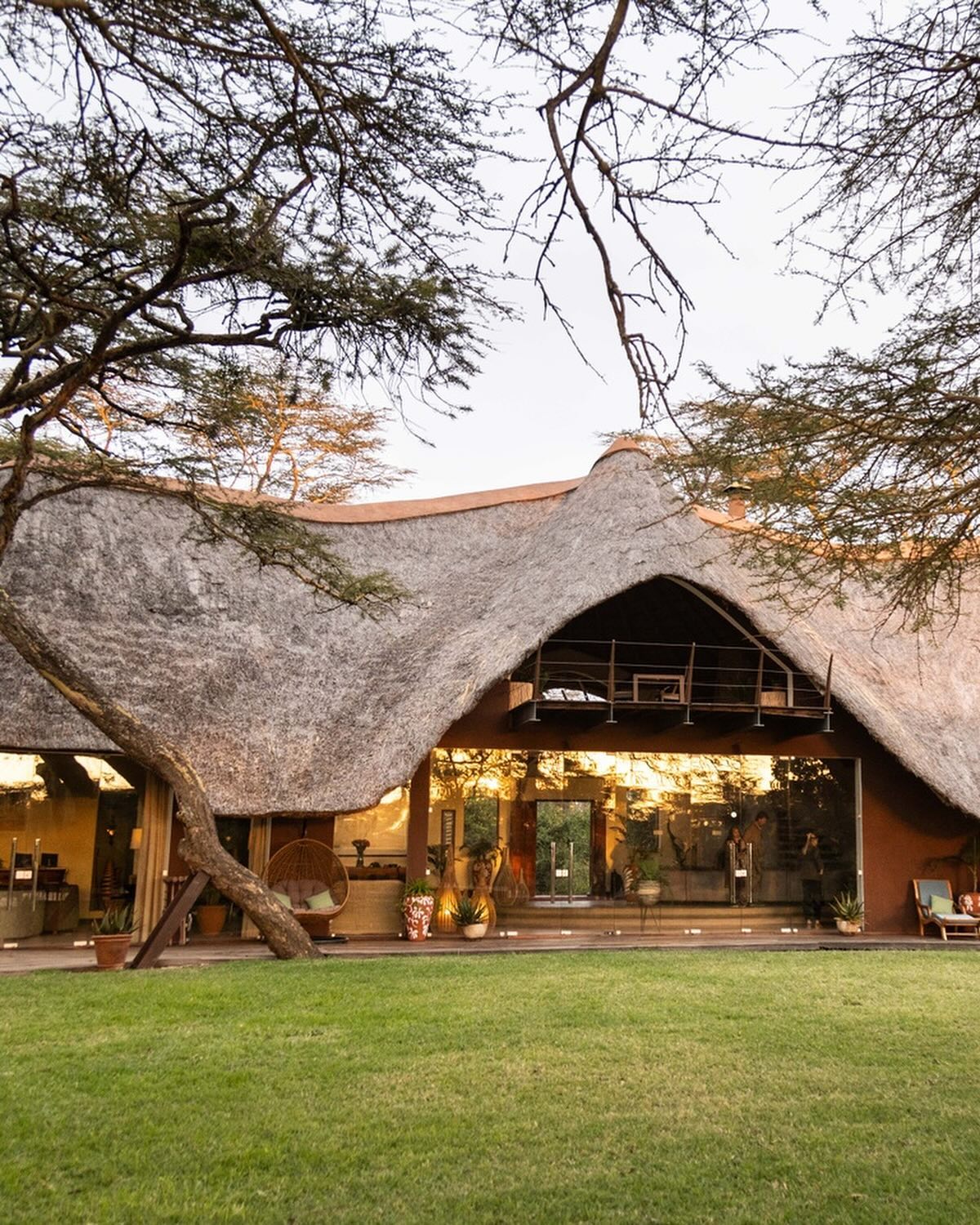
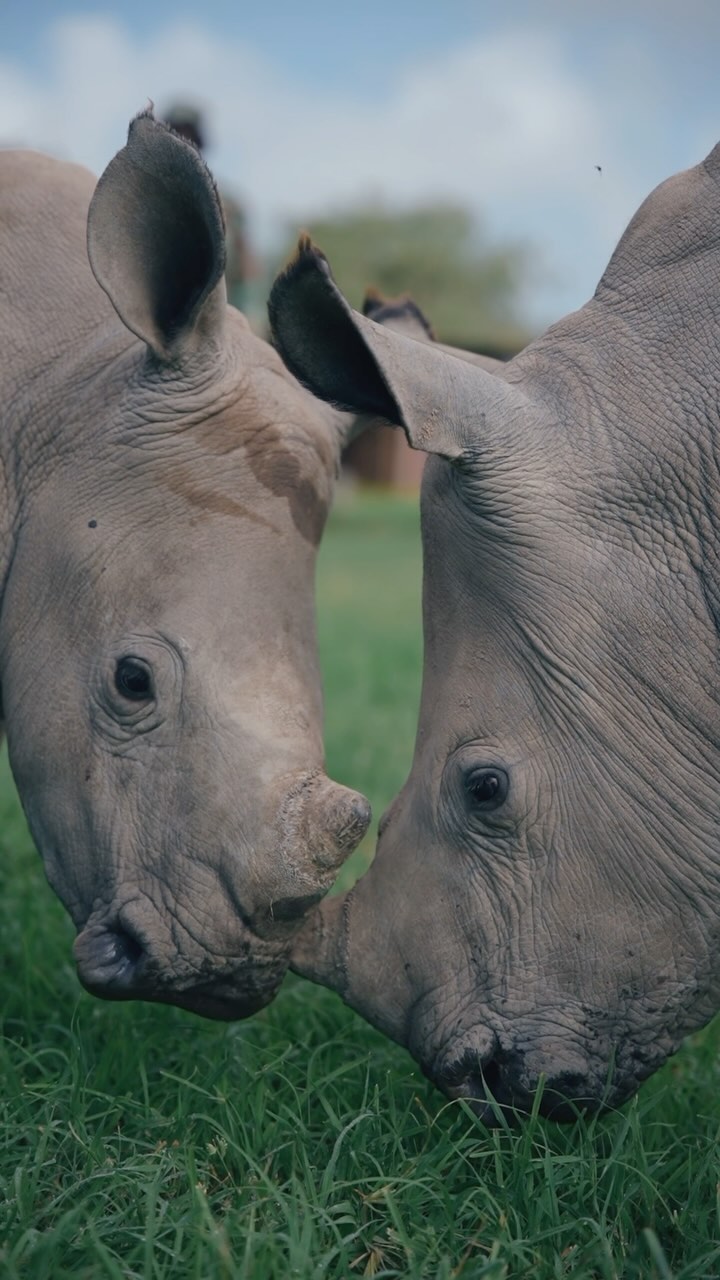
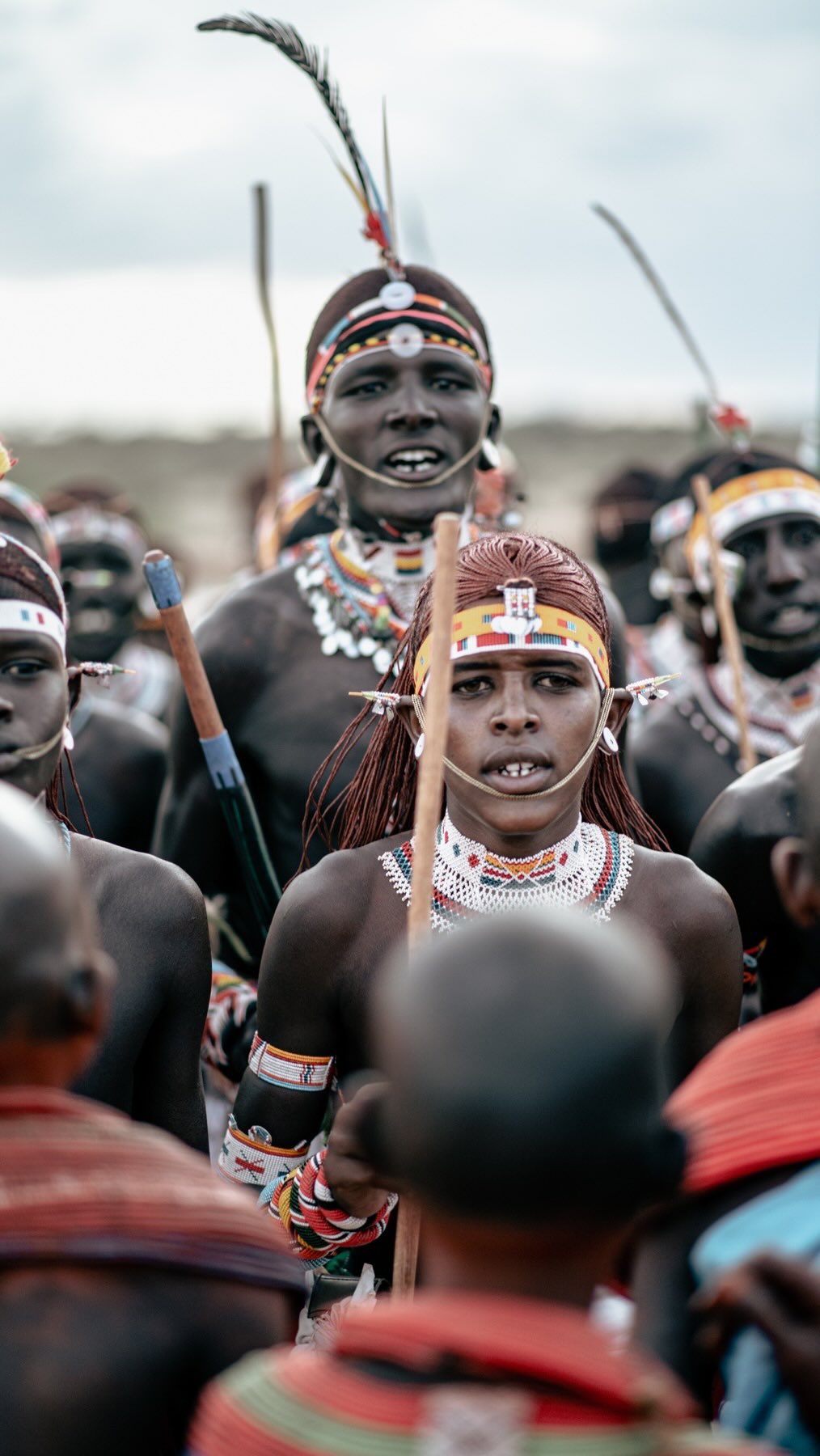
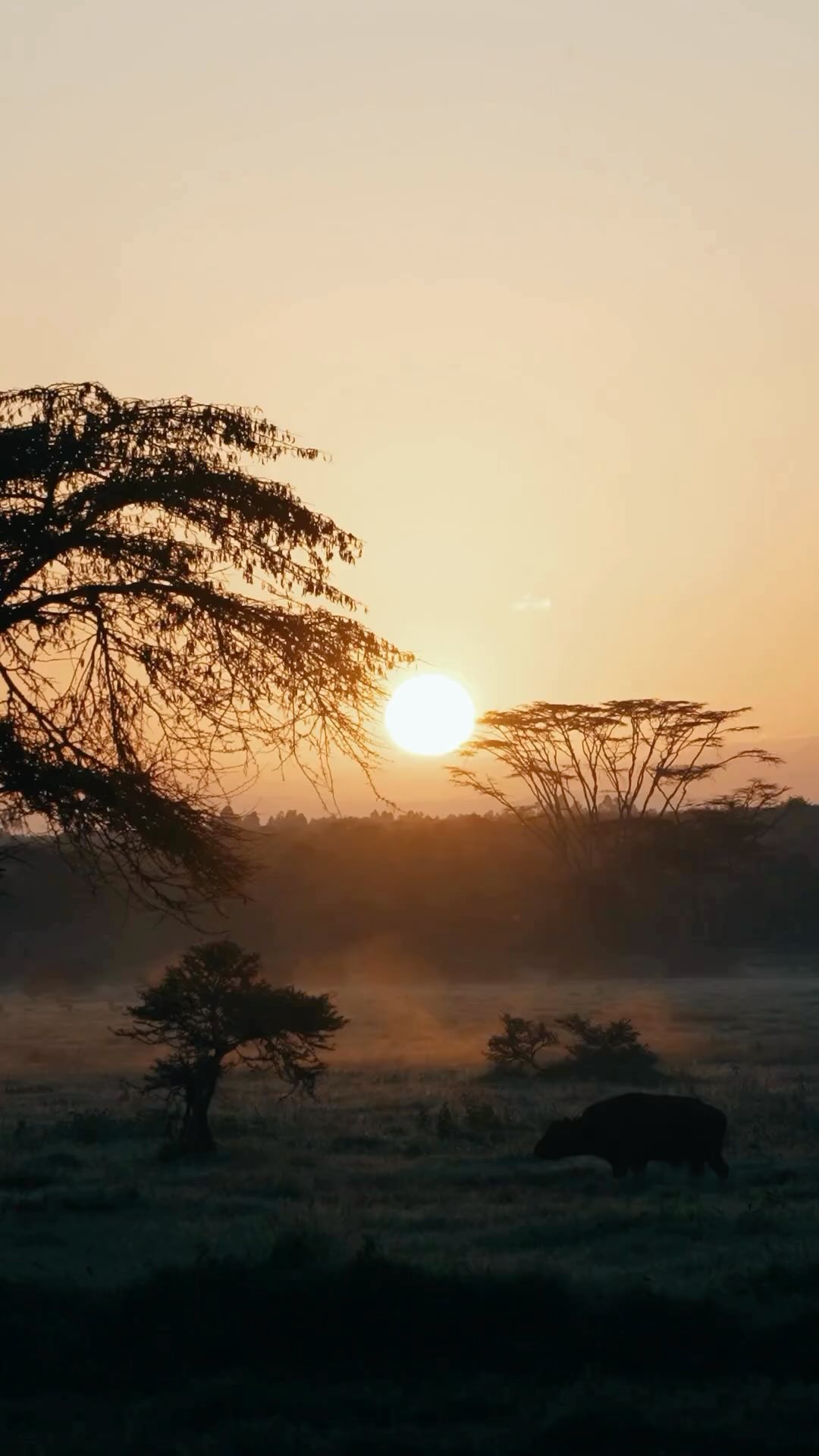
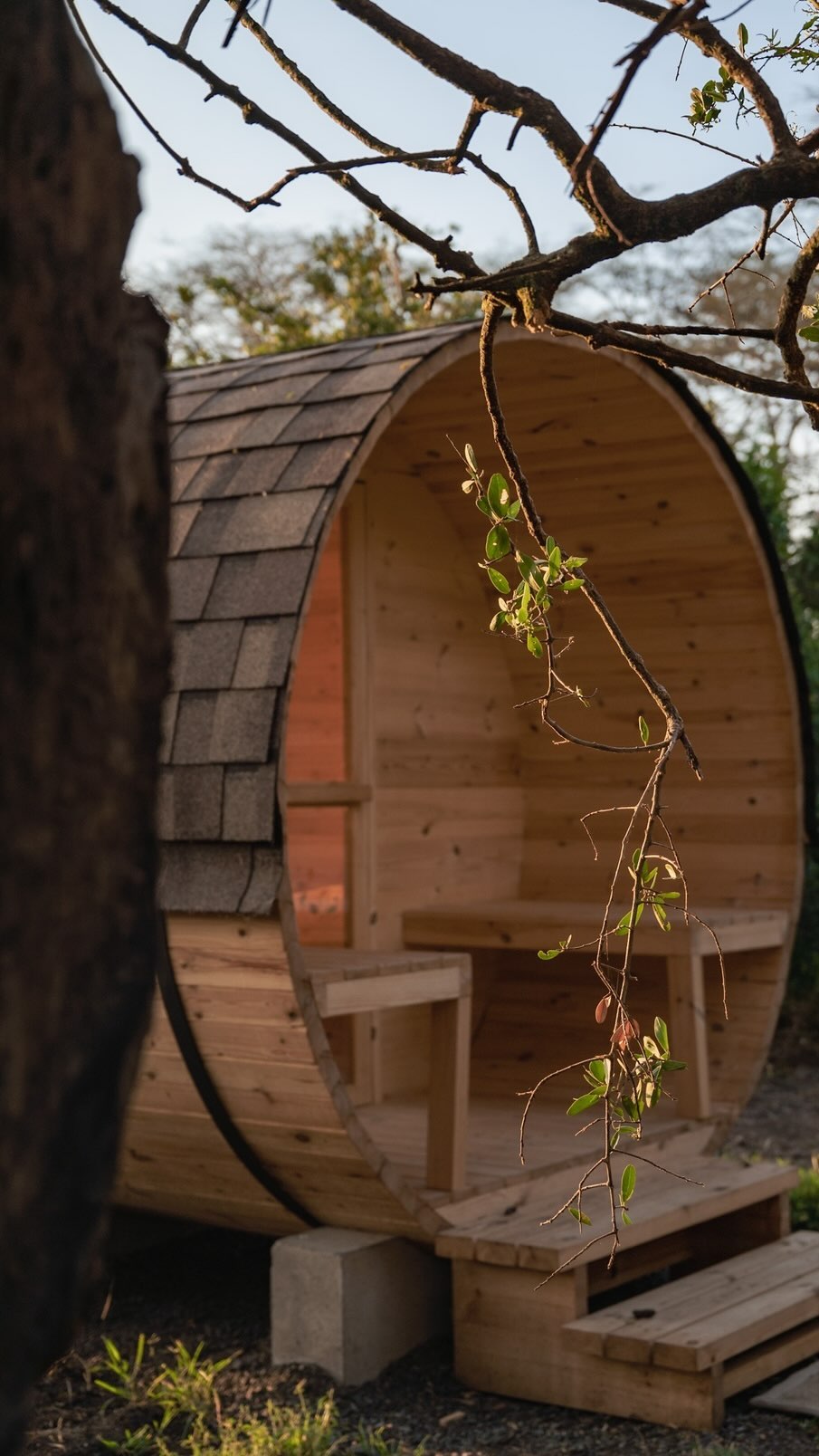

CONNECT & FOLLOW